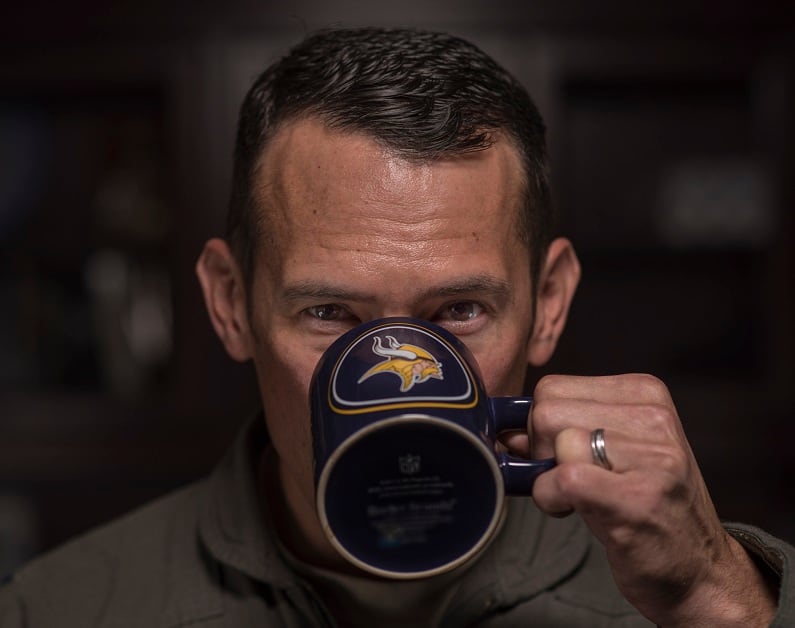The Air Force, under fire for throwing down $1,280 apiece to replace in-flight reheating cups after their handles break, is pledging to use 3-D printing to get that replacement cost down to 50 cents.
But Sen. Chuck Grassley, R-Iowa, is still wondering why these pricey water heaters are necessary in the first place, and plans to keep pushing the Air Force to find cheaper ways to warm up their coffee.
The cups, which plug into outlets on cargo planes to reheat liquids such as water or coffee, have a faulty plastic handle that easily breaks when the cups are dropped. And because replacement parts for the cup are no longer made, the Air Force has had to order a whole new cup when the handle breaks.
In an Oct. 2 letter to Air Force Secretary Heather Wilson, Grassley said that 25 replacement cups, each costing roughly $1,280 each, have been bought this year alone, for a total of roughly $32,000. The 60th Aerial Port Squadron at Travis Air Force Base in California spent nearly $56,000 to replace broken cups over the past three years.
And the price is rising. Grassley noted that Travis said each cup cost taxpayers $693 in 2016.
“Paying nearly $700 for a single cup is bad enough, but it’s simply beyond reason to continue to pay ever-increasing prices for something as simple as a coffee cup that is so fragile that it needs to be constantly replaced,” Grassley said. “This latest example of reckless spending of taxpayer dollars gives me no confidence that the Air Force is taking real steps to reduce wasteful spending practices.”
In an Oct. 17 letter to Grassley, Wilson said that “it is simply irresponsible to spend thousands of dollars on manufactured parts when we have the technology available to produce them ourselves,” once a supplier either stops producing those parts or goes out of business.
Wilson said that in July, she ordered a new Air Force Rapid Sustainment Office to be created to find ways to develop and deliver parts at a fraction of the cost of traditional manufacturing methods. This office has recently shown it can 3-D print replacement handles for the reheating cup for about 50 cents each.
RELATED

Wilson told Grassley that this cup is specially manufactured to plug into aircraft systems, and because it connects to the aircraft, the replacements need to be certified as airworthy by the FAA.
This has driven up the cost of buying 391 of these cups since 2016 to $326,785, Wilson said, or about $836 apiece.
The water heaters are used on 59 KC-10s, 52 C-5s, and 222 C-17s, Wilson said. But with planes aging, and the average KC-10 at 34 years old, it’s harder and harder to find replacement parts for those aircraft, she said.
And the price tag for raw materials for those parts is also increasing, Wilson said, with copper and chrome plating costs have increased 180 percent since 2016.
Wilson told Grassley that she and Chief of Staff Gen. Dave Goldfein have ordered the new sustainment office to look for items in the procurement process that it can self-produce, or other overpriced items that it can stop buying without hurting the Air Force’s mission.
Grassley was dissatisfied with Wilson’s response, and said he will keep digging.
“It leaves me with more questions,” Grassley said. “While I appreciate that the Air Force is working to find innovations that would help save taxpayer dollars, it remains unclear why it cannot find a cheaper alternative to a $1,280 cup. Government officials have the responsibility to use taxpayer dollars efficiently. Too often, that’s not the case.”
The Air Force also said that Air Mobility Command is no longer buying the heaters for large transport aircraft as they try to find more cost-effective solutions.
Stephen Losey is the air warfare reporter for Defense News. He previously covered leadership and personnel issues at Air Force Times, and the Pentagon, special operations and air warfare at Military.com. He has traveled to the Middle East to cover U.S. Air Force operations.





